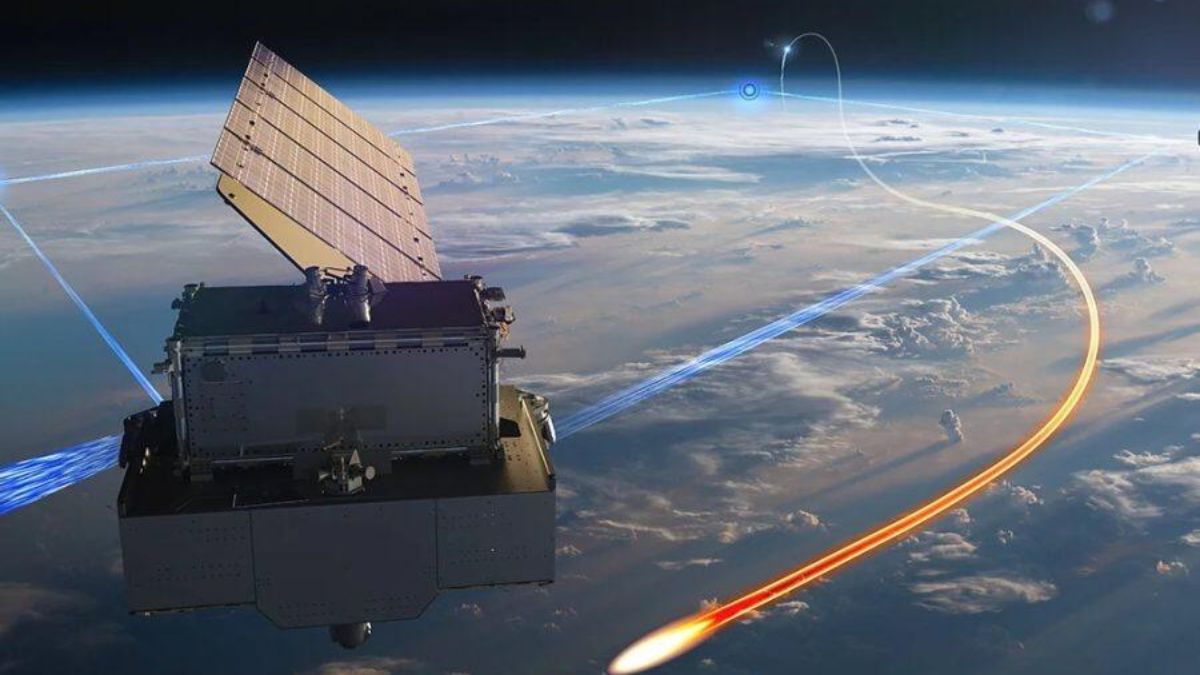New details have emerged about the United States’ Golden Dome missile defense system, which will include four layers: one space-based and three ground-based. The system will also deploy 11 short-range batteries across the continental U.S., Alaska, and Hawaii.
According to a U.S. government presentation titled “Go Fast, Think Big!”, the Golden Dome is designed to operate like Israel’s Iron Dome but on a much larger and more complex scale.
The four layers include:
- Space Layer: Satellites for missile warning, tracking, and boost-phase interception.
- Upper Layer: Next Generation Interceptors (NGI), THAAD, and Aegis systems, with a potential new missile field in the Midwest.
- Under Layer: Patriot systems, new radars, and a common launcher for current and future interceptors.
- Short-Range Layer: 11 batteries positioned strategically across the U.S., Alaska, and Hawaii.
The NGI is a modernized missile for the Ground-Based Midcourse Defense network, which currently protects the U.S. from intercontinental ballistic missiles. Existing launch sites are in southern California and Alaska; the new Midwest site will strengthen coverage against additional threats.
The Pentagon noted challenges, including communication latency across the system’s “kill chain,” the sequence of steps to detect, track, and intercept missiles. Major contractors involved include Lockheed Martin, Northrop Grumman, RTX, and Boeing, while SpaceX is not participating in this project.
Space Force Gen. Michael Guetlein leads the program, with a mandate to deliver initial designs within 60 days and a full roadmap within 120 days.
The Golden Dome aims to intercept missiles during their boost phase and provide rapidly deployable defenses globally.













